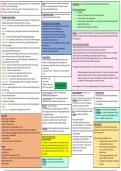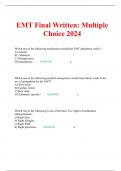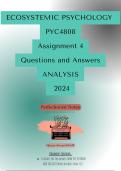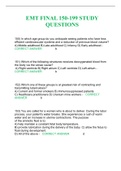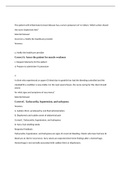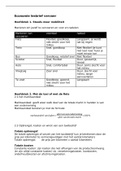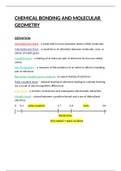Resumen
A-Level Media Newspapers Summary Sheet
- Grado
- Institución
This summary poster contains everything needed for A-Level media newspapers! It includes codes and conventions of a newspaper, broadsheet and tabloid, key terminology, theory (Curran and Seaton), ideology, intertextuality, representation, newsworthiness, horizontal and vertical integration and more...
[Mostrar más]
